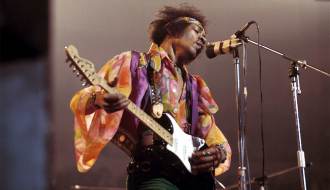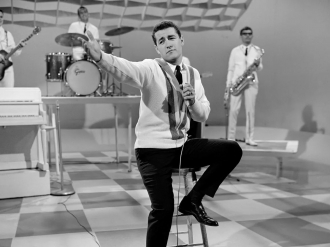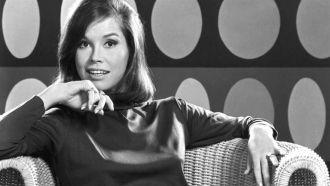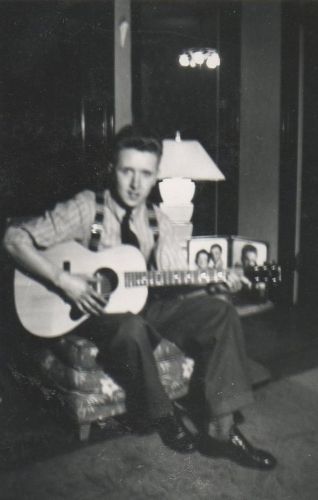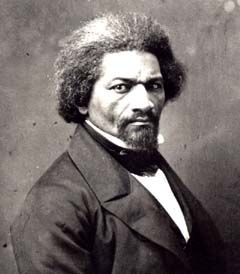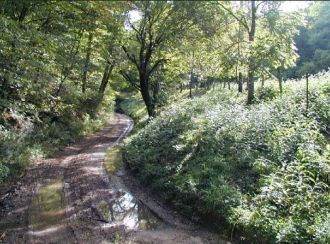Jimi Hendrix & Billy Cox
Photo of Jimi Hendrix on guitar and Billy Cox on bass. The two met during their time in the Army.
Hendrix, born Johnny Allen Hendrix and then James Marshall, was born on November 27, 1942 in Seattle Washington. He died on September 18, 1970 in London.
Jimi Hendrix enlisted in the army May 31, 1961,. He completed basic training at Ford Ord in California. He then was assigned to the 101st airborn division at Fort Campbell, Kentucky. While at the base recreation center he met fellow soldier and bass player Billy Cox. He was discharged from the Army after serving for a year.
He and Billy Cox performed together under the band name the Casuals while in Clarksville,Tennessee. The later changed the name to the King Kasuals once in Nashville.
Billy was a member of both the Jimi Hendrix Experience (1966-1969) and the Band of Gypsys (1969-1970). The Band of Gypsys’ live album was the last album Hendrix authorized. It was released 6 months before his death in 1970.
Hendrix, born Johnny Allen Hendrix and then James Marshall, was born on November 27, 1942 in Seattle Washington. He died on September 18, 1970 in London.
Jimi Hendrix enlisted in the army May 31, 1961,. He completed basic training at Ford Ord in California. He then was assigned to the 101st airborn division at Fort Campbell, Kentucky. While at the base recreation center he met fellow soldier and bass player Billy Cox. He was discharged from the Army after serving for a year.
He and Billy Cox performed together under the band name the Casuals while in Clarksville,Tennessee. The later changed the name to the King Kasuals once in Nashville.
Billy was a member of both the Jimi Hendrix Experience (1966-1969) and the Band of Gypsys (1969-1970). The Band of Gypsys’ live album was the last album Hendrix authorized. It was released 6 months before his death in 1970.
Date & Place:
at Fort Campbell Recreation Center in Fort Campbell, Kentucky USA

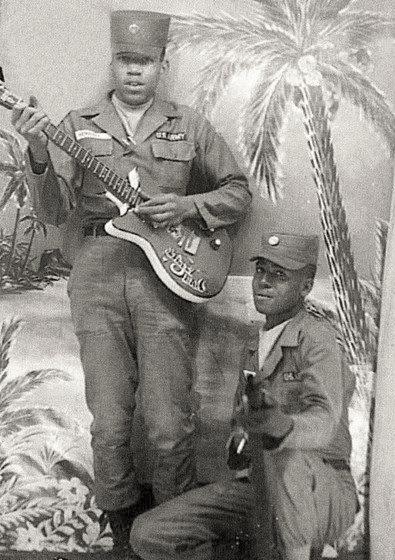
 Michelle Cassidy
Michelle Cassidy 
